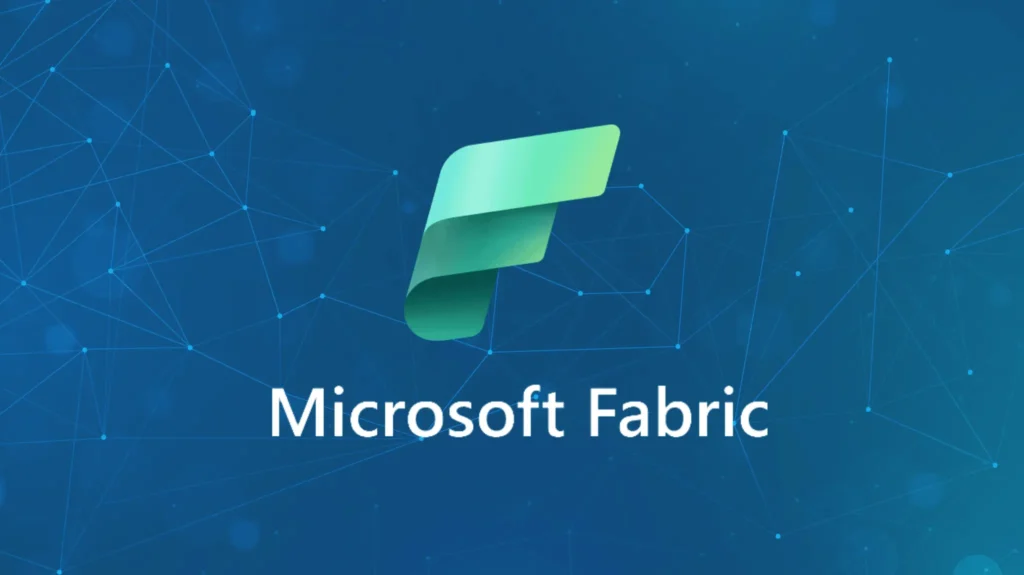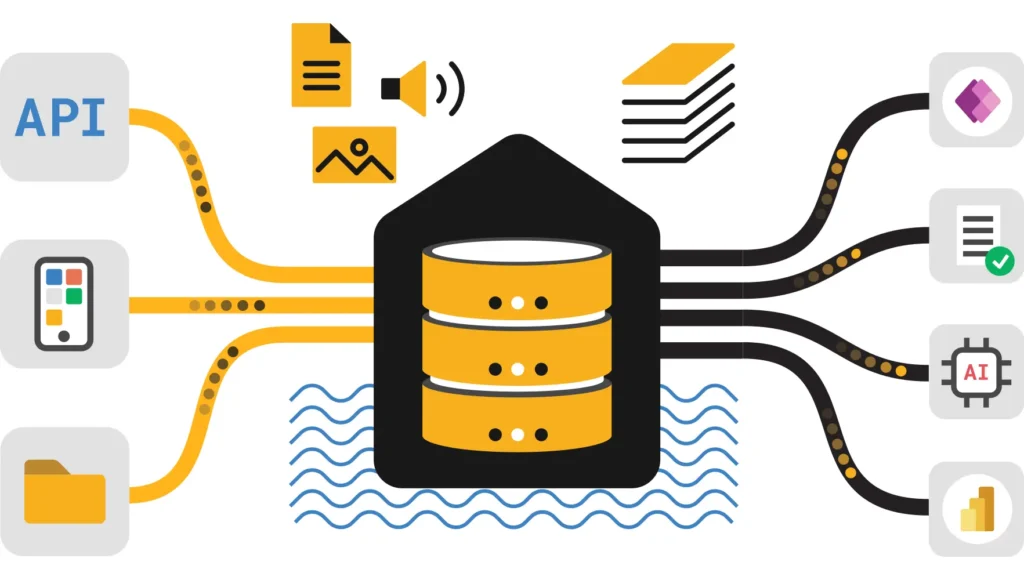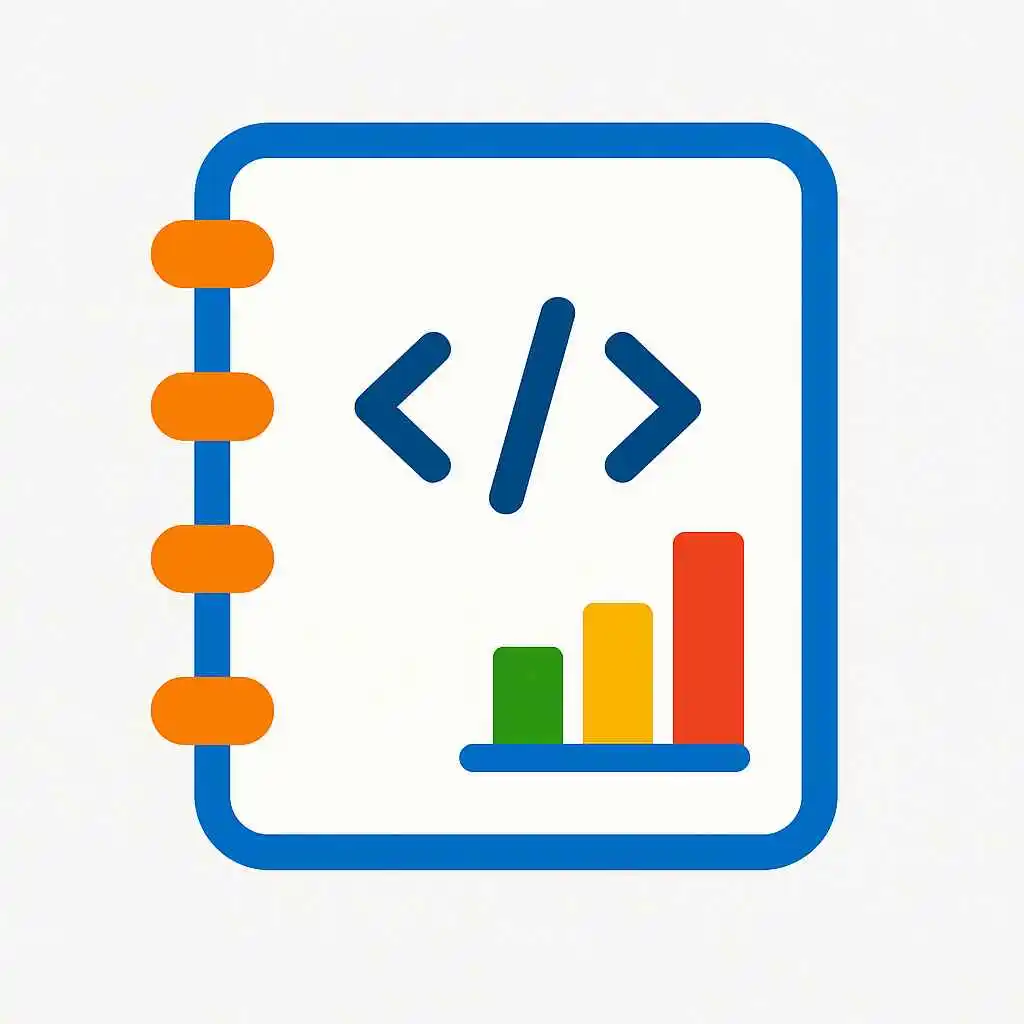Full comparison & limitations 2025: clear, practical guidance to choose between Microsoft Fabric and Azure Synapse for analytics, data warehousing, and streaming scenarios.
Summary Executive summary: Microsoft Fabric vs Azure Synapse
Microsoft Fabric is a unified analytics platform that bundles Lakehouse (OneLake), notebooks, Dataflow Gen2, Eventstream, Data Pipelines, and SQL Warehouse under a single control plane. In contrast, Azure Synapse Analytics remains a mature analytics service focusing on data warehousing, large-scale SQL analytics, and integrated big-data querying with Synapse Spark and dedicated SQL pools. Therefore, Fabric emphasizes integrated UX and simplified operations, whereas Synapse offers proven scale and advanced SQL performance options for some enterprise workloads.
High-level takeaway: choose Fabric for integrated modern analytics and rapid delivery; choose Synapse where long-standing, highly tuned enterprise DWH features or existing Synapse investments dominate requirements.
Architecture Core differences and architecture
Platform model and control plane
Fabric provides a single, SaaS-style control plane that consolidates data experiences, and thus reduces service sprawl. By contrast, Synapse is an Azure service surface that integrates multiple services (SQL pools, Spark, Pipelines), which gives flexibility and explicit separation of concerns.
Storage and transaction model
Fabric centers on Delta Lake in OneLake as the canonical store, providing ACID, time-travel, and table-versioning by default. Synapse traditionally uses dedicated SQL pools and can integrate with ADLS Gen2 and Delta, though its historical focus is on Synapse SQL / dedicated SQL pools for data warehousing workloads.
Compute and engines
Fabric exposes managed Spark, SQL Warehouse endpoints, Eventstream, and serverless components. Synapse offers dedicated SQL pools, serverless SQL, and Synapse Spark with tight integration into Azure resources. Consequently, Synapse may expose more granular tuning knobs for certain SQL-heavy workloads.
Fit When to choose Microsoft Fabric vs Azure Synapse
Decision depends on business needs and constraints. Below are practical scenarios and guidance to help you decide.
Choose Microsoft Fabric when
- you want an integrated analytics UX (Lakehouse, Notebooks, Data Pipelines, Dataflow Gen2)
- teams need rapid delivery, managed experiences, and low operational overhead
- you require built-in semantic layers and Power BI integration for self-service
Choose Azure Synapse when
- you already have heavy investments in Synapse SQL pools or Synapse Spark
- you require advanced SQL performance tuning and isolated resource control
- your architecture favors explicit separation between storage and compute or multi-subscription enterprise setups
Moreover, many organizations adopt hybrid approaches: use Fabric for new analytics and developer productivity, while keeping Synapse for specific high-throughput, highly tuned warehouse workloads.
Limits Known limitations and constraints – Microsoft Fabric vs Azure Synapse
Both platforms have practical limits you must evaluate before committing. For example, Fabric is evolving rapidly and adds features continuously, yet some enterprise-grade tuning controls available in Synapse dedicated pools may be less exposed. Conversely, Synapse may lack the fully integrated UX Fabric provides for notebooks, Eventstream, and Dataflow Gen2.
Operational and feature gaps
- Fabric: newer features may change fast; therefore validate long-term support and SLA needs for critical workloads.
- Synapse: while mature, its UX is more fragmented and may require stitching for full Lakehouse-style practices.
Scalability and concurrency
Synapse dedicated SQL pools can be scaled with familiar DWU-like controls, and thus provide predictable performance at scale for some use cases. However, Fabric’s Warehouse endpoints are purpose-built for analytics concurrency and integrate caching and semantic layers, which can deliver comparable results for many BI scenarios.
Cost Cost considerations and sizing guidance – Microsoft Fabric vs Azure Synapse
Cost models differ. Synapse often charges for dedicated SQL pool units and underlying compute resources, while Fabric charges for capacity and managed endpoints that combine compute and services. Consequently, run cost modeling with representative workloads and estimate storage, compute, and Egress for both platforms before making decisions.
- Estimate ETL/ELT compute hours for notebooks or Synapse Spark
- Model concurrency patterns for BI to choose appropriate Warehouse or dedicated pool sizing
- Include data transfer and storage costs in cross-subscription or cross-region scenarios
Pro tip: perform a short proof-of-concept with representative queries and concurrency to get realistic cost and latency numbers.
Migrate Migration and hybrid patterns – Microsoft Fabric vs Azure Synapse
Many enterprises migrate gradually. For that reason, consider these hybrid and migration approaches which reduce risk and provide continuity.
Lift-and-shift with validation
- Inventory schemas and pipelines in Synapse
- Ingest historical data into Fabric Lakehouse (parquet/delta) or keep in ADLS and access from Fabric
- Migrate semantic models and BI datasets progressively to Fabric
- Validate with side-by-side comparisons before cutover
Coexistence patterns
Use Synapse for high-throughput DWH workloads, while running new analytics, events, and self-service on Fabric. Moreover, share curated Delta outputs across platforms when needed.
Decide Decision checklist and recommended approach – Microsoft Fabric vs Azure Synapse
Use the checklist below to help you pick the best platform for your needs.
- Business alignment: prioritize time-to-insight vs established DWH commitments.
- Technical fit: test representative query patterns, concurrency, and ETL loads.
- Operational model: evaluate team skills, operational overhead, and vendor support.
- Cost validation: run a POC to validate cost and performance for production workloads.
Finally, if you want a single, integrated developer experience with built-in analytics stacks and rapid delivery, start with Fabric and move specific, highly-tuned warehouse workloads to Synapse when needed.
FAQ Frequently asked questions
Can Fabric replace Synapse for enterprise data warehousing?
In many greenfield scenarios, Fabric can replace Synapse, especially when teams want integrated UX and rapid delivery. However, for legacy, highly tuned Synapse warehouses or where specific Synapse-only features are in heavy use, consider a hybrid approach.
Is Delta Lake supported in Synapse and Fabric?
Yes. Delta Lake works natively in Fabric via OneLake, and Synapse can read/write Delta when integrated with ADLS Gen2 and compatible Spark runtimes; nevertheless, implementation details differ and should be validated for your pipelines.
How do streaming and event scenarios compare?
Fabric provides Eventstream and Event-driven features tightly integrated into the platform, whereas Synapse typically relies on Azure Event Hubs, Stream Analytics, or custom Spark streaming; therefore, Fabric often offers lower-friction patterns for end-to-end event-driven analytics.
Where should I read next?
See companion tutorials for hands-on patterns: Fabric Lakehouse Tutorial, Data Pipelines in Fabric, Transform Notebooks, Dataflow Gen2, Data Warehousing in Fabric, Data Mirroring, and Eventstream.



